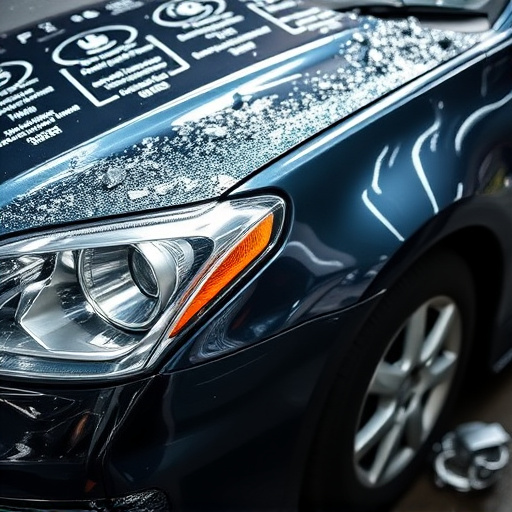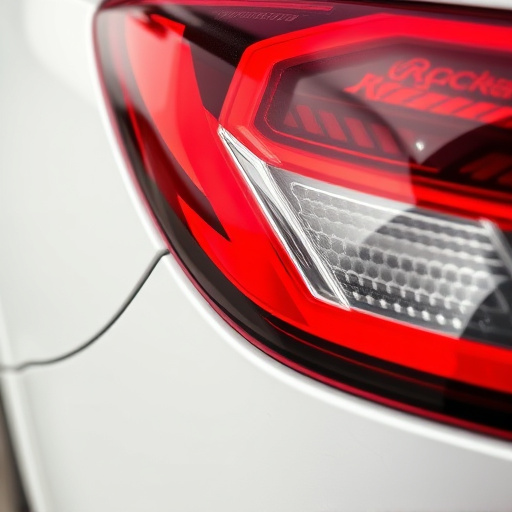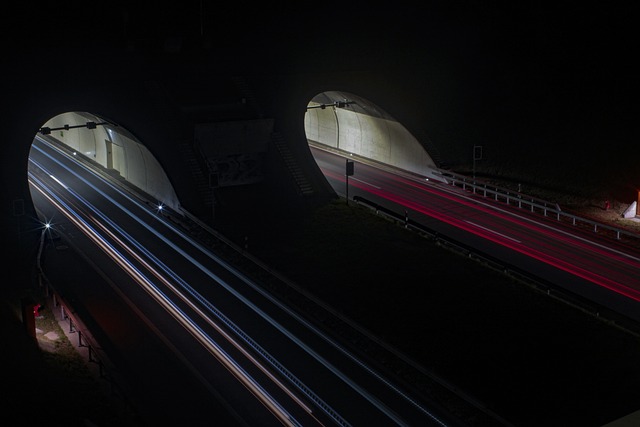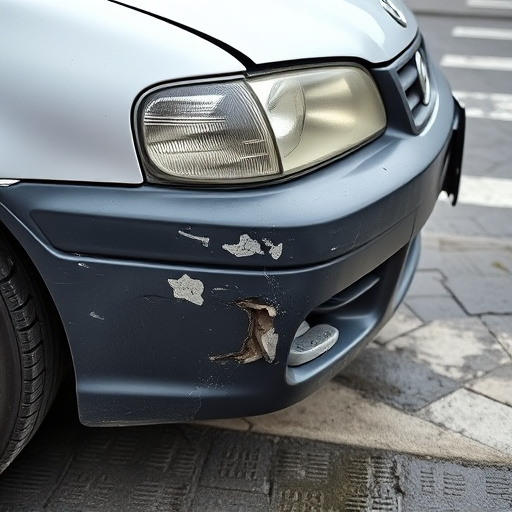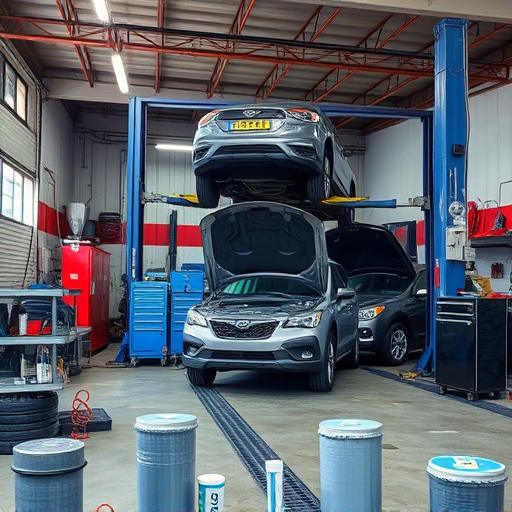Spectrophotometer color matching is a highly accurate scientific method using advanced light analysis technology to identify and replicate colors by measuring reflection or absorption of specific light wavelengths. Its applications are widespread, from automotive finishes to printing inks, digital displays, textiles, cosmetics, and art restoration, showcasing its universal utility. In vehicle restoration and collision repair, spectrophotometers offer significant advantages over traditional methods by ensuring precise color accuracy, minimizing lighting variations, and enhancing aesthetics, especially in detailed repairs like bumper restoration. This technology is pivotal across diverse industries requiring consistent color measurement and reproduction, from automotive manufacturing to fashion and art.
“Discover the power of precise color control with Spectrophotometer Color Matching. This advanced technology offers an unparalleled level of accuracy in evaluating and replicating colors, transforming various industries. From manufacturing to graphic design, it ensures consistent and accurate color representation.
In this article, we’ll explore what spectrophotometer color matching is, its numerous benefits, and the diverse applications where it excels. By leveraging this innovative tool, businesses can enhance product quality, streamline processes, and meet evolving customer expectations.”
- What is Spectrophotometer Color Matching?
- Benefits of Using a Spectrophotometer for Color Matching
- Applications and Industries Leveraging Spectrophotometer Color Matching Technology
What is Spectrophotometer Color Matching?

Spectrophotometer color matching is a precise and scientific method used to measure and replicate colors with incredible accuracy. This advanced technology employs a spectrophotometer, a device that analyzes light and its interaction with materials. By measuring the reflection or absorption of specific wavelengths of light, the spectrophotometer can identify and match a wide range of colors, making it invaluable in various industries. In fields such as automotive repair, particularly in collision repair centers and auto dent repair shops, spectrophotometer color matching is crucial for ensuring that restored vehicles match their original factory finishes seamlessly.
This technology goes beyond simple visual inspection, providing quantitative data that allows for consistent and exact color replication. Whether it’s for matching paint colors on cars, verifying the quality of inks in printing presses, or calibrating color displays in digital devices, spectrophotometer color matching offers a standardized approach to achieving true-to-life results. Its application is not limited to just these industries; it finds utility in textiles, cosmetics, and even art restoration, showcasing its versatility and importance across diverse sectors.
Benefits of Using a Spectrophotometer for Color Matching

Using a spectrophotometer for color matching offers significant advantages over traditional methods in industries like vehicle restoration and collision repair. This advanced technology ensures precise color accuracy by measuring light absorption at specific wavelengths, allowing technicians to precisely match even the most subtle shades. Unlike subjective visual comparisons, a spectrophotometer provides objective data, minimizing variations due to lighting conditions or human perception.
For bumper repair and other detailed vehicle restoration tasks, this level of precision is crucial. Spectrophotometers enable repair shops to achieve perfect color matches, ensuring that repaired components seamlessly integrate with the original vehicle. This not only enhances aesthetics but also increases customer satisfaction, as vehicles look and perform as if they were never damaged in a collision.
Applications and Industries Leveraging Spectrophotometer Color Matching Technology

The applications of spectrophotometer color matching technology are vast and diverse, spanning multiple industries where precise color measurement and matching is crucial. In the automotive sector, for instance, both vehicle manufacturers and collision repair shops rely on this technology to ensure that paint jobs match the original specifications, maintaining the integrity and aesthetics of the vehicle. This is particularly important in auto body repair, where achieving the exact shade and tone requires an exacting science.
Beyond vehicles, spectrophotometer color matching finds its place in various other industries such as fashion, art, and printing. In these sectors, maintaining consistent colors across different mediums is essential for brand recognition and quality control. For example, clothing manufacturers use this technology to ensure that dyes match perfectly from batch to batch, while printers can achieve accurate color reproduction on a wide range of materials. This precision is also invaluable in the art world, where artists and conservators must carefully match colors when restoring or creating works of art.
Spectrophotometer color matching offers an unparalleled level of precision and efficiency in the world of color management. By accurately measuring and replicating colors, this technology ensures consistent outcomes across various industries, from printing to cosmetics. The benefits are clear: improved productivity, reduced waste, and enhanced customer satisfaction. As such, adopting spectrophotometer color matching can be a game-changer for businesses seeking to optimize their operations and deliver superior products.
